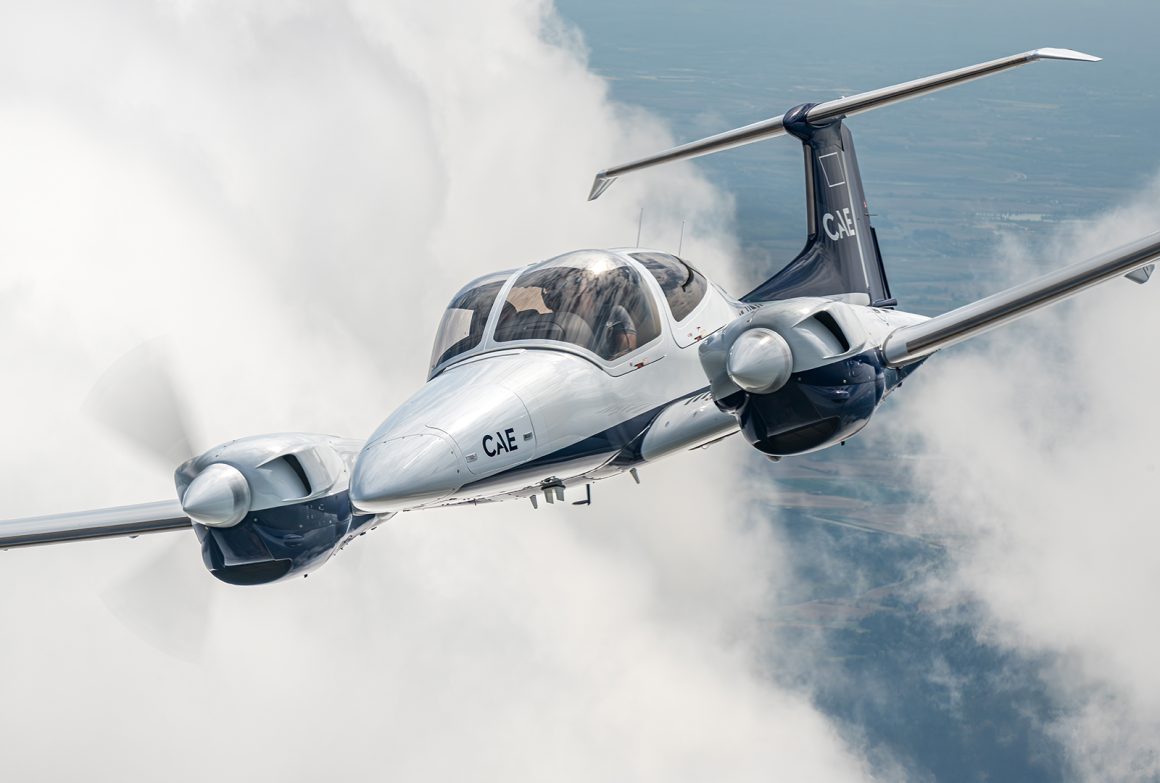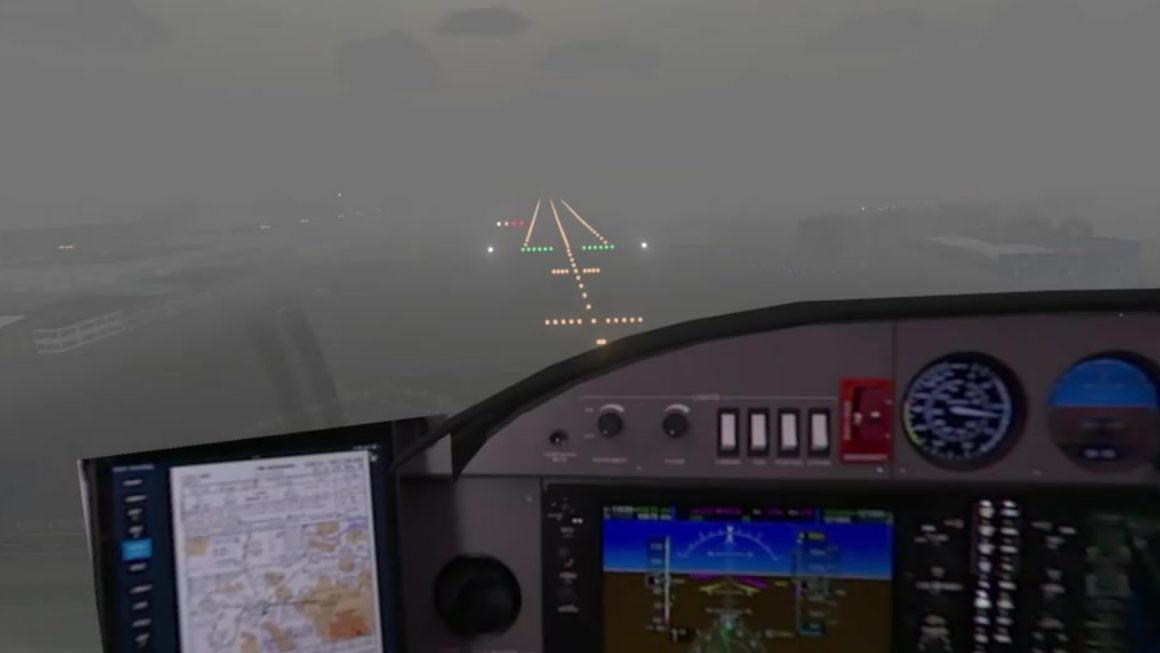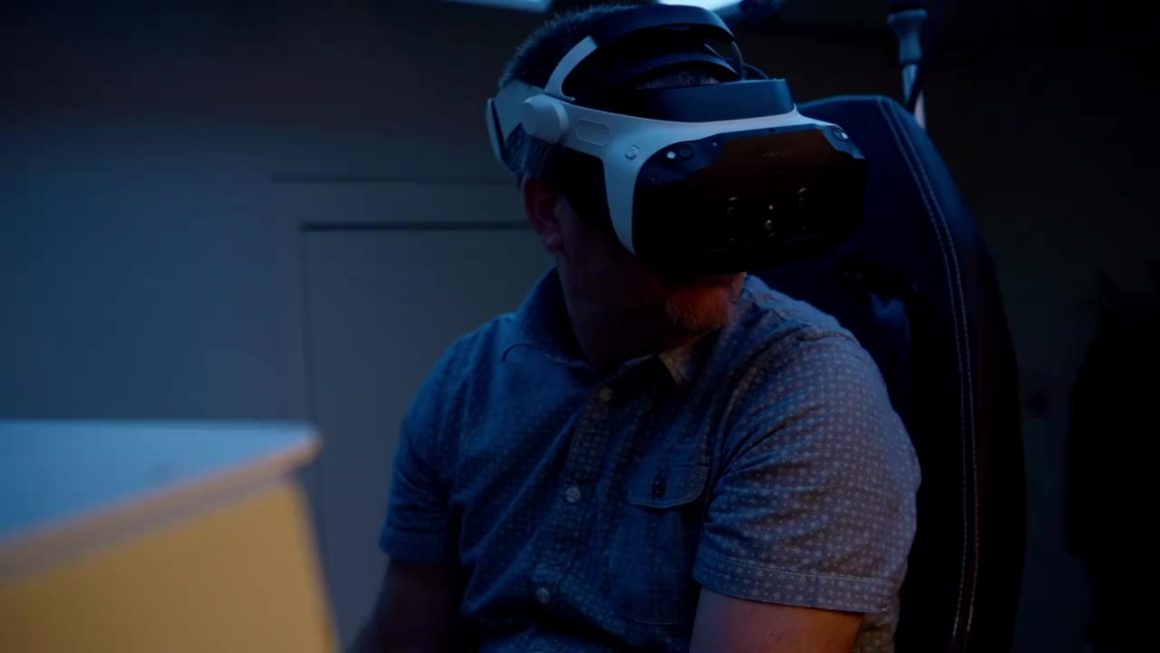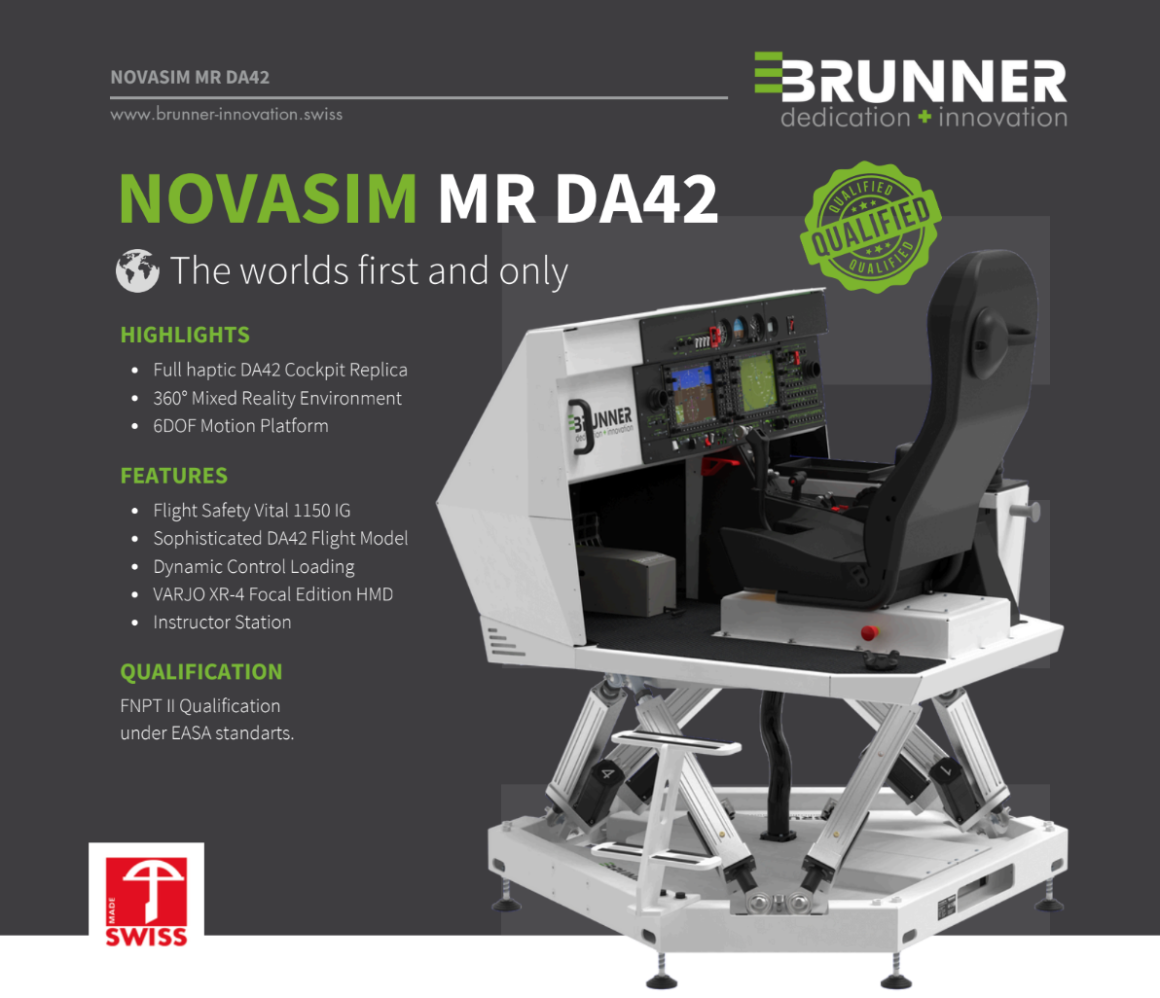Imagine stepping into a cockpit where the line between reality and simulation blurs so seamlessly that you can’t tell where the physical controls end and the virtual world begins.
That’s exactly what’s happening with the NOVASIM MR DA42, the world’s first mixed reality (MR) Flight Simulation Training Device (FSTD) to earn qualification from the European Union Aviation Safety Agency (EASA).
More than just another simulator, it’s a leap forward for civil aviation training, and some seriously impressive tech powers it. We had a chance to dig into the details of this milestone, and it’s clear this is more than just a shiny new toy for pilots. It’s a glimpse into the future of how we train the next generation of aviators.
The World’s First Mixed Reality Simulator Approved for Civil Aviation Use

The NOVASIM MR DA42 is a product of Swiss simulation experts BRUNNER Elektronik AG. It is the first MR-based simulator to meet EASA’s rigorous standards for a Flight and Navigation Procedures Trainer II (FNPT II).
That’s a big deal.
For the first time, pilots training in this mixed reality environment can log hours that count toward their official certification in Europe.
This technology isn’t a proof-of-concept or a prototype. It is a fully qualified system set to be deployed by Lufthansa Aviation Training to replicate the Diamond DA42 cockpit haptically. The DA42 is a global workhorse in general aviation, particularly for training purposes.

The brain of the technology is the Varjo XR-4 Focal Edition headset, a piece of equipment that delivers visuals so crisp they rival human-eye resolution. Its ultra-high-resolution displays and wide field of view make cockpit instruments and external references crystal clear, critical for tasks like landing or navigating complex airspace. The gaze-driven autofocus adjusts dynamically based on where the pilot is looking, mimicking natural depth perception. Whether you’re glancing at the altimeter or scanning the horizon, the visuals stay sharp and intuitive.
The system integrates perfectly with industry-standard platforms like Unity, Unreal Engine, and Prepar3D, so training providers don’t need to overhaul their existing setups to adopt it. BRUNNER’s compact motion system and FlightSafety’s VITAL 1150 image generator round out the package, delivering realistic aerodynamics and environmental cues. It’s a cohesive setup that doesn’t cut corners, meeting EASA’s stringent requirements for everything from flight deck accuracy to control feedback.
The EASA qualification under special conditions is a remarkable milestone. It shows how far mixed reality has come and proves it can meet the demanding standards required for professional pilot training.
History made in aviation training! For the first time ever, a mixed reality flight simulator has been officially qualified to EASA standards for real-world pilot training.
Built by BRUNNER Elektronik and deployed at Lufthansa Aviation Training’s facility in Switzerland, the… pic.twitter.com/3fReoNf0sm
— Varjo (@varjodotcom) June 4, 2025
Why Mixed Reality Matters

Traditional simulators have served aviation well, but they’re not without their flaws. They’re big, expensive, and often limited in how quickly instructors can switch between scenarios.
The NOVASIM MR DA42 flips that script.
By blending physical cockpit controls with a photorealistic virtual environment, an almost unbelievably realistic, immersive experience resembling real-world scenarios is created.
Pilots can manipulate actual switches, dials, and levers while surrounded by a 360-degree virtual world that responds in real time. Need to practice a tricky approach in low visibility? The system can simulate it instantly; no bulky hardware reconfiguration is required.
What really sets this setup apart is the Varjo XR-4’s eye-tracking capability. Instructors can monitor exactly where a pilot is looking in real time, whether their scan is disciplined or they’re overlooking key instruments. That level of visibility transforms training.
It’s no longer just about time in the seat; it’s about meaningful insights that accelerate skill development. With detailed data and pinpoint feedback, instructors can target deficiencies faster and more effectively than ever before.
A Mixed Reality Simulator that Solves Real-World Problems

The aviation industry is grappling with a global pilot shortage, and training programs are under pressure to produce more qualified pilots faster without compromising safety.
The NOVASIM MR DA42 is built for this reality.
It’s compact, requires far less space than a traditional full-motion simulator, and is more cost-effective to operate and maintain. That’s a massive win for training organizations, airlines, or flight schools working with tight budgets or limited facilities. Additionally, its portability means it can be deployed almost anywhere, making high-quality training more accessible.
But it’s not just about logistics. The simulator’s design aligns with competence-based training frameworks, prioritizing skills and decision-making over rote hours. Pilots can run through complete sessions—preflight checks, taxiing, takeoff, landing—all in an environment that strengthens muscle memory and situational awareness. The video passthrough feature lets them interact with physical charts or electronic flight bags just as they would in a real aircraft, bridging the gap between simulation and reality.
A Collaborative Triumph

This milestone didn’t happen in a vacuum. BRUNNER, Varjo, Lufthansa Aviation Training, and the Swiss Federal Office of Civil Aviation (FOCA) worked closely to make it a reality. Lufthansa’s involvement from the ground up ensured the simulator was built with real-world training needs in mind.
“We have supported this pioneering project from the very beginning with conviction,” said Manuel Meier, CEO of Lufthansa Aviation Training. “As a leading provider of crew training in Europe, we consistently drive innovation in cabin and cockpit training, and this milestone supports that mission.”
Roger Klingler, BRUNNER’s CEO, echoed that sentiment: “With the NOVASIM MR DA42, we’ve combined precision Swiss engineering with breakthrough XR technology to deliver a simulator that meets demanding regulatory standards while providing unmatched realism and flexibility in pilot training.”
Meanwhile, Varjo’s Global Head of Defense & Aerospace, Tristan Cotter, sees this as a turning point for the industry.
Mixed reality is no longer a forward-looking concept. [It’s] ready to meet the operational demands of the industry today.
Tristan Cotter, Global Head of Defense & Aerospace at Varjo
“This is a milestone…for the future of pilot training in civil aviation,” Cotter said.” With this certification, mixed reality is no longer a forward-looking concept; it’s a verified, scalable, and cost-effective solution ready to meet the operational demands of the industry today.”
The NOVASIM MR DA42 Simulator is Just the Beginning of What’s to Come

The EASA qualification of the NOVASIM MR DA42 is indeed a watershed moment, but it’s just the beginning. With regulatory bodies like EASA and the FAA starting to embrace XR-based training, we’re likely to see more approvals in the coming years.
Aircraft like helicopters, eVTOLs, and basic trainers are prime candidates for this tech, and the momentum is building. Loft Dynamics, for example, has already secured EASA and FAA certifications for VR-based helicopter simulators using Varjo headsets, and more projects are in the pipeline.
The benefits are hard to ignore: lower costs, smaller footprints, and more engaging and effective training. As the industry faces growing demands for pilots, mixed reality simulators like the NOVASIM MR DA42 could be key to closing the gap. They’re not replacing traditional simulators entirely, but they’re proving to be a powerful complement—one that’s flexible, scalable, and ready for the challenges of modern aviation.
That sounds like a win-win to us.
Innovation + Practicality = Unlimited Possibilities

Flying has always been about precision, skill, and adaptability, and the NOVASIM MR DA42 brings those same qualities to pilot training.
Like so many technological triumphs, mixed reality is so much more than a tool. It is a vision of what’s possible when innovation meets practicality. For aviators, this is an exciting time.
Mixed reality isn’t just knocking on the door.
It’s already in the cockpit, and it’s here to stay.
Credit: avgeekery.com










